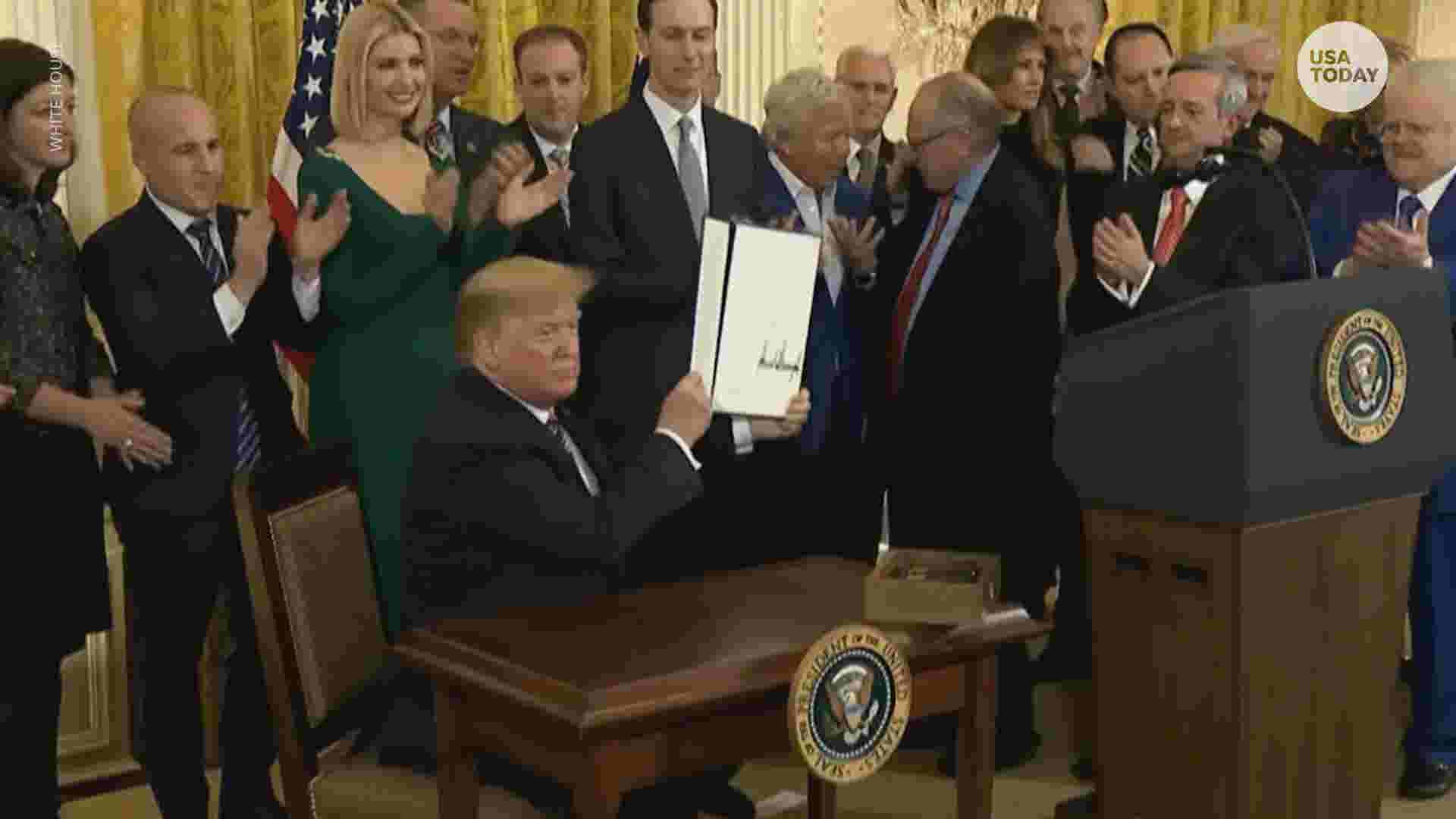In a decisive action aimed at bolstering the American manufacturing sector, President Donald Trump has officially signed an executive order that increases tariffs on steel and aluminum imports to an unprecedented 50 percent. This measure signals a substantial escalation in U.S. trade policy and reflects the administration’s commitment to protecting domestic industries that have been adversely impacted by foreign competition.
The announcement, made at a press conference attended by key administration officials and industry leaders, marks a significant shift from previous tariffs enacted during Trump’s presidency. The original tariffs, set at 25 percent for steel and 10 percent for aluminum, were intended to provide temporary relief to U.S. manufacturers. However, the administration has determined that further action is necessary to realign international trade practices and ensure the long-term viability of American steel and aluminum production.
Trump characterized the new tariffs as essential for national security, asserting that a robust domestic metal industry is crucial for the defense sector and economic stability. This justification resonates with supporters who argue that reliance on foreign imports poses risks to U.S. sovereignty and military readiness.
As part of this order, the administration highlighted the need for strategic investments and support for domestic manufacturers. The president emphasized a commitment to fostering innovation and technological advancements within the industry, which could not only secure jobs but also enhance the competitiveness of U.S. products on a global scale. Industry leaders present at the announcement expressed a mixture of optimism and concern over the potential impact of the new tariffs.
While advocates argue that higher tariffs will lead to increased job stability and growth within the domestic manufacturing sector, critics warn that such a dramatic increase could lead to retaliatory measures from trading partners. Countries that rely heavily on exporting steel and aluminum to the U.S. may respond with tariffs of their own, particularly on American goods, potentially igniting a trade war that could prove detrimental to the broader economy.
Responding to this concern, Trump indicated that the U.S. would engage in discussions with trade partners to navigate the implications of the new tariffs. The administration aims to strike a balance that not only protects domestic interests but also maintains productive diplomatic relations with other nations. However, the potential for escalated tensions remains apparent, as several countries have already expressed their dissatisfaction with the decision.
Beyond immediate economic implications, the order also raises questions regarding its alignment with existing trade agreements. Many analysts suggest that renegotiating terms with allies may prove necessary if the U.S. wishes to harmonize its trade practices with international standards while safeguarding its interests.
In the aftermath of the announcement, stock market reactions reflected investor uncertainty. While some segments of the market, particularly those tied to U.S. steel and aluminum production, saw gains, broader indices exhibited volatility as investors weighed the long-term ramifications of such trade policies. Market analysts point to the potential for increased manufacturing costs and the impact on consumer prices as possible contributors to economic instability.
Moreover, the labor force in the steel and aluminum sectors may experience fluctuations as companies navigate the complexities of increased tariffs. With the announcement, industry leaders must now assess their approaches to pricing, hiring, and production levels in response to heightened costs associated with imported raw materials.
It remains to be seen how larger corporations, reliant on global supply chains, will adapt to these abrupt changes in trade policy. Many companies may seek to find alternative sourcing options to mitigate increased costs imposed by tariffs. Furthermore, the manufacturing sector may witness a ripple effect, with some businesses potentially reducing their workforce to manage growing operational expenses.
As discussions around domestic production and job creation continue to unfold, unions and labor organizations have expressed interest in the long-term security of jobs in the industry. Advocacy for a fair workforce transition plan may be forthcoming as employees adjust to an evolving marketplace shaped by shifting trade policies.
In summary, President Trump’s decision to increase steel and aluminum tariffs to 50 percent represents a bold move that seeks to fortify the U.S. manufacturing industry. While the potential benefits for domestic producers are significant, the broader implications for international trade relations and the U.S. economy warrant close attention from policymakers, industry stakeholders, and consumers alike. The path forward will likely require a careful balancing act between protecting domestic interests and maintaining stable trade partnerships. Only time will reveal the ultimately decisive effects of this order on both the American economy and global trade dynamics.



